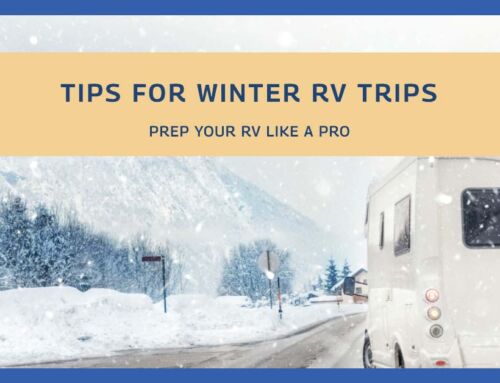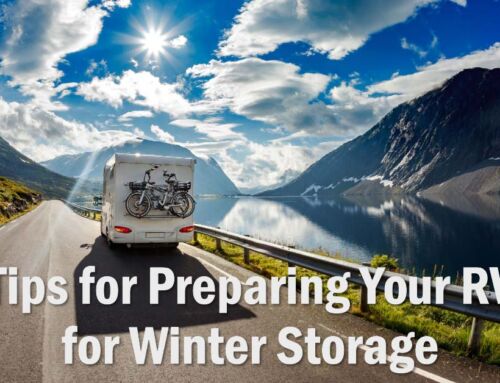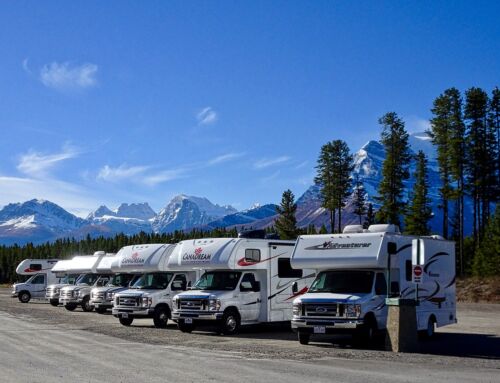Try before you buy. It is important for any purchase, and particularly if you’re thinking about an RV purchase.
Comparing RV Types Before Purchase
Consider your needs and wants
Think about your lifestyle. What are you looking for? Do you want an occasional weekend outing or are you purchasing an RV as your home for full time travel? Are you a novice or an experienced RVer? What’s your budget?
Assessment is very individualized. A pro for one person is a con for another. It is a good idea to do as much research as you can before you buy. Visit showrooms. Talk to other RV owners. Go to RV shows.
Here are a few tips to help you select your RV
First, there are two basic types or RV rigs. The first is a towable RV; you’ll need a separate vehicle to tow the trailer. A motorized RV is self-contained and you can drive it on your own without a separate vehicle.
A motorized RV vary in length from under twenty feet to over 40 feet, and can cost a few thousand dollars to over a million. These rigs are easy to drive and easy to park.
They come in several types:
- Class A motorhome is a large RV with swivel seats for the driver and passenger. These RVs typically have a kitchen, dining area and living room, bedroom and separate bathroom. Class A rigs are generally 30 to 40 feet and can even tow a car behind.
- The Class B is a smaller, compact RV; they have the same amenities as a Class A but are just smaller in scale. Class Bs also contain less sleeping space.
- The Class C is a small RV with the sleeping compartment situated over the driver area. These rigs have the same amenities as a Class A and B but on a much smaller scale. Many people tow cars, boats and motorcycles with a Class C. These are the least expensive and most affordable option.
If you want a towable RV, these offer the advantage of still having a separate vehicle for your main transportation.
- A fifth wheel towable RV is a trailer that hitches to your truck. Most owners buy a medium duty truck to pull the heavy fifth wheel. These have all the same amenities as a motorized RV. Many people find that they can purchase a luxurious fifth wheel and a truck for less than a motorized vehicle. Fifth wheels can be difficult to park. These are great for an occasional RV excursion but probably not the best if you plan to live in your RV.
- Travel trailers are a very popular option. These hitch to the tow vehicle. Because they are lighter weight, you can use a heavy car, truck or van to pull them. Travel trailers are harder to turn and are more difficult to park at a campsite. They also have much less storage space than a fifth wheel vehicle does. Some of the larger, more luxurious travel trailers do have full amenities.
- A pop-up trailer is a great option for the occasional family camping trip. The trailer folds flat, but you can open the sides and top pop out for more room. Many starter RV enthusiasts start with a pop-up trailer as their first family trailer. These are lightweight and easily pulled by most cars or trucks. Just note that these take much longer to set up and tear down. If you are traveling to a new daily destination each day, the setup and tear down can become frustrating and cumbersome.
- There is another option called the slide-in camper. This is a camper shell that fits in a flatbed truck. There is very limited space, but can be a great outing for one or two people. Some have slide-out rooms—up to four separate slide outs–to provide more space. Even so, these trailers are very compact.



